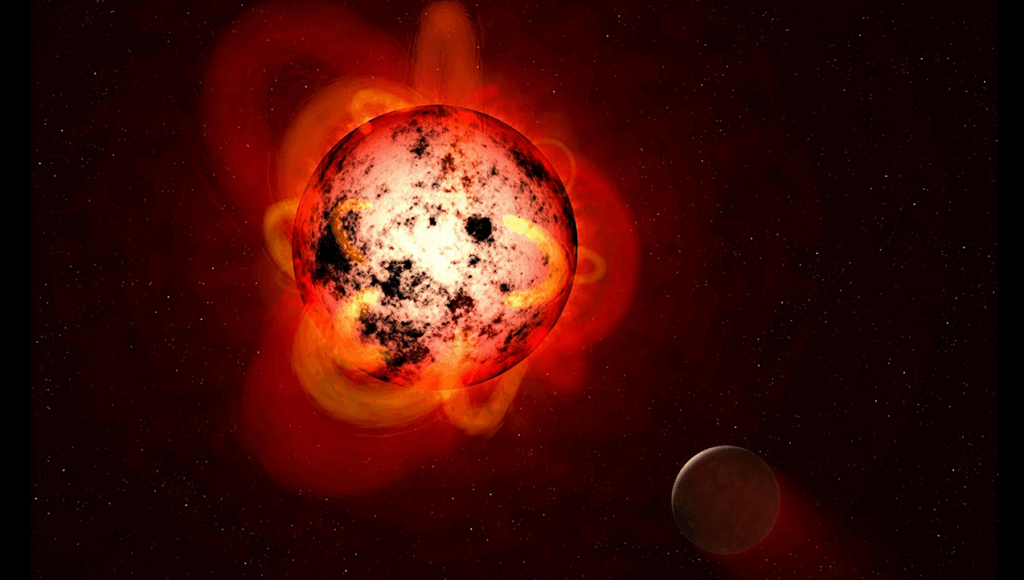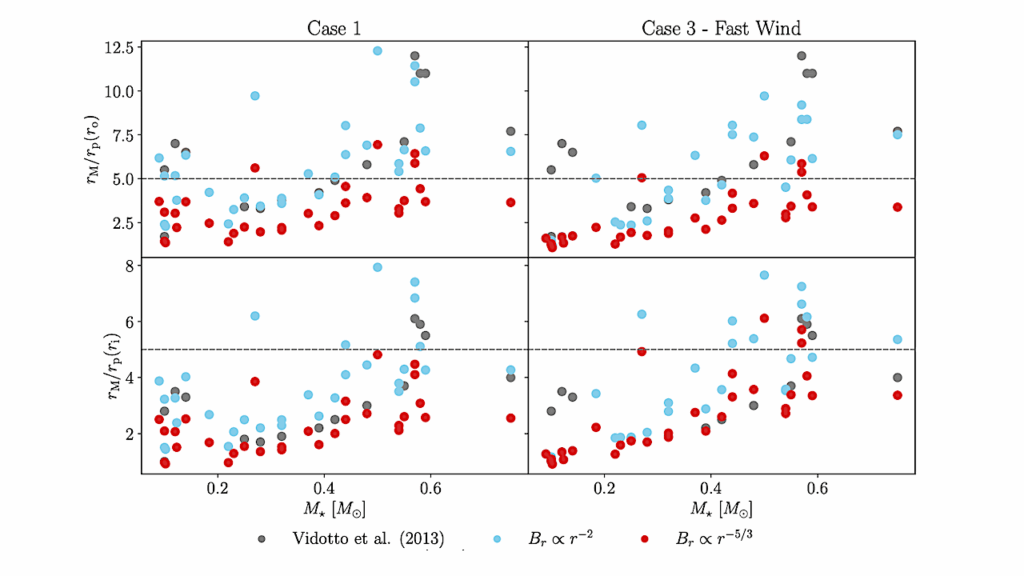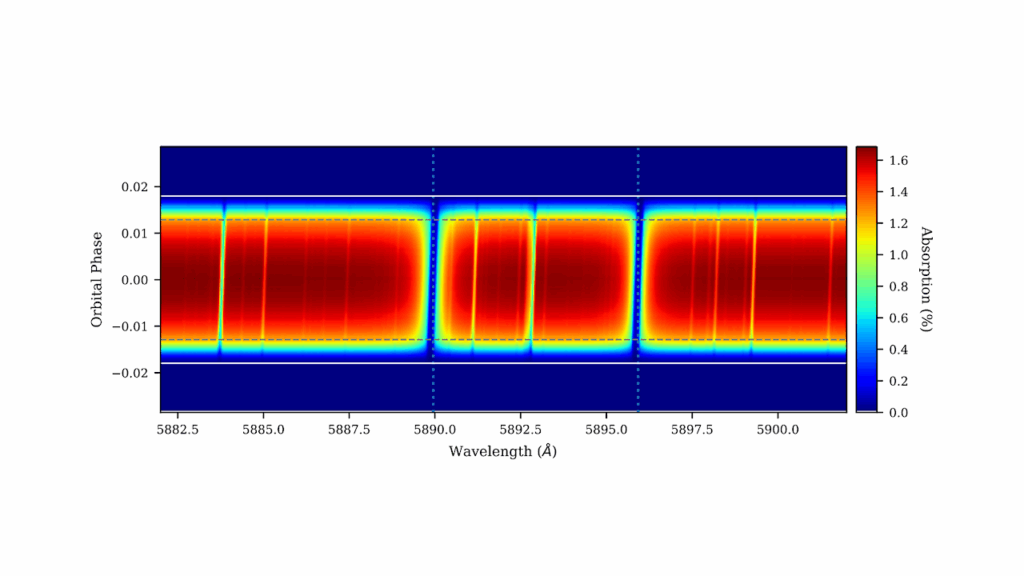Space Weather and Its Impact on Habitable Worlds

The search of life in the Universe is a fundamental problem of astrobiology and a major priority for NASA.
A key area of major progress since the NASA Astrobiology Strategy 2015 (NAS15) has been a shift from the exoplanet discovery phase to a phase of characterization and modeling of the physics and chemistry of exoplanetary atmospheres, and the development of observational strategies for the search for life in the Universe by combining expertise from four NASA science disciplines including heliophysics, astrophysics, planetary science and Earth science.
The NASA Nexus for Exoplanetary System Science (NExSS) has provided an efficient environment for such interdisciplinary studies. Solar flares, coronal mass ejections and solar energetic particles produce disturbances in interplanetary space collectively referred to as space weather, which interacts with the Earth upper atmosphere and causes dramatic impact on space and ground-based technological systems.
Exoplanets within close in habitable zones around M dwarfs and other active stars are exposed to extreme ionizing radiation fluxes, thus making exoplanetary space weather (ESW) effects a crucial factor of habitability. In this paper, we describe the recent developments and provide recommendations in this interdisciplinary effort with the focus on the impacts of ESW on habitability, and the prospects for future progress in searching for signs of life in the Universe as the outcome of the NExSS workshop held in Nov 29 – Dec 2, 2016, New Orleans, LA. This is one of five Life Beyond the Solar System white papers submitted by NExSS to the National Academy of Sciences in support of the Astrobiology Science Strategy for the Search for Life in the Universe.
V. S. Airapetian, W. C. Danchi, C. F. Dong, S. Rugheimer, M. Mlynczak, K. B. Stevenson, W. G. Henning, J. L. Grenfell, M. Jin, A. Glocer, G. Gronoff, B. Lynch, C. Johnstone, T. Lueftinger, M. Guedel, K. Kobayashi, A. Fahrenbach, G. Hallinan, V. Stamenkovic, O. Cohen, W. Kuang, B. van der Holst, C. Manchester, G. Zank, O. Verkhoglyadova, J. Sojka, H. Maehara, Y. Notsu, Y. Yamashiki, K. France, M. Lopez Puertas, B. Funke, C. Jackman, C. Kay, D. Leisawitz, D. Alexander
(Submitted on 16 Jan 2018)
Comments: 5 pages, the white paper was submitted to the National Academy of Sciences in support of the Astrobiology Science Strategy for the Search for Life in the Universe
Subjects: Earth and Planetary Astrophysics (astro-ph.EP); Instrumentation and Methods for Astrophysics (astro-ph.IM); Solar and Stellar Astrophysics (astro-ph.SR)
Cite as: arXiv:1801.07333 [astro-ph.EP] (or arXiv:1801.07333v1 [astro-ph.EP] for this version)
Submission history
From: Vladimir Airapetian [view email]
[v1] Tue, 16 Jan 2018 16:18:37 GMT (197kb)
https://arxiv.org/abs/1801.07333
Astrobiology








